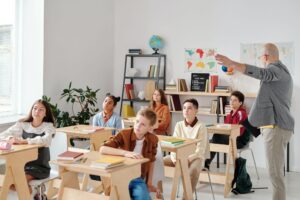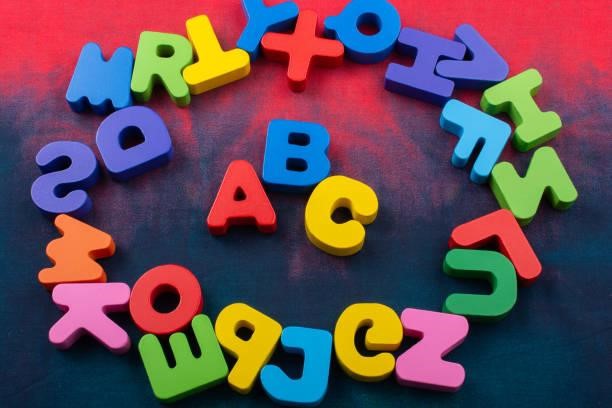How to Learn American English from Online
Introduction:
Learning a new language can be challenging, especially if it’s not your native language. American English can be especially difficult for non-English speakers to understand due to its unique pronunciation, vocabulary, and grammar rules. However, with the rise of online resources, it’s easier than ever to learn American English from the comfort of your own home.
Why is it Important to Learn American English?
Knowing American English is essential in today’s globalized world. It can provide numerous benefits such as opening up new career opportunities, allowing for better communication with native English speakers, and improving your overall language proficiency.
Benefits of Online Learning:
Online learning offers the convenience of being able to study from anywhere, at any time. It also provides access to a wide range of resources and programs that cater to different learning styles, making it easier for individuals to find a program that works best for them.
Types of Online Programs:
There are several types of online programs available for learning American English, including language learning websites, virtual classes, and mobile apps. Each type of program has its own advantages and disadvantages, so it’s important to do your research and choose a program that best fits your needs.
Language Learning Websites:
Language learning websites offer a variety of lessons and exercises to help learners improve their English skills. Some popular language learning websites include Duolingo, Babbel, and Rosetta Stone. These websites offer lessons on grammar, vocabulary, pronunciation, and more. They also provide interactive exercises and quizzes to help learners practice their skills.
Virtual Classes:
Virtual classes are similar to traditional language classes but are conducted online. This type of program provides the opportunity for learners to interact with a teacher and other students in real-time. Virtual classes are ideal for learners who prefer a structured learning environment and the opportunity to ask questions and receive feedback from a teacher.
Mobile Apps:
Mobile apps are a convenient way to learn American English on-the-go. They are available for both iOS and Android devices and offer a range of lessons and exercises. Some popular mobile apps for learning American English include English Central, English Conversations, and English Speaking Practice.
Tips for Success:
Set a goal: Having a clear goal in mind will help you stay focused and motivated. Whether your goal is to improve your pronunciation, increase your vocabulary, or achieve fluency, having a goal will help you track your progress and stay on track.
Make a study plan: Set aside a specific time each day for studying English. Make sure to stick to your plan and stay consistent in your efforts.
Immerse yourself in the language: Listen to English podcasts, watch English movies and TV shows, and read English books and articles. The more you surround yourself with the language, the faster you will pick it up.
Practice speaking: One of the best ways to improve your speaking skills is to practice speaking with native English speakers. You can find conversation partners through websites such as Tandem or HelloTalk.
Be patient: Learning a new language takes time and patience. Don’t get discouraged if you don’t see immediate results. Keep practicing and stay persistent in your efforts, and you will see improvements over time
Conclusion:
In conclusion, learning American English from online resources can be an effective way for non-English speaking students to improve their language skills. With the wide variety of resources available, it is important to choose the right program or resource that best fits the student's needs. From online courses, language learning apps, to virtual tutors, there are numerous options that can help students build their vocabulary and improve their pronunciation. Additionally, incorporating various fun activities and games into the learning process can help keep students engaged and motivated. As an experienced educator, I highly recommend taking advantage of the online resources available to help support non-English speaking students in their journey to learn American English. By providing them with the tools they need to succeed, we can help to bridge the gap and provide equal opportunities for all students to succeed in their educational journey.
Start Teaching Reading for Free Now!
Access Level 1’s four interactive stories and the accompanying supplemental resources to teach elementary students how to read. No credit card is needed. Join the 42,635 teachers and students using our reading program.








